Alabama Drive and Dive: Exploring the LuLu Wreck in Orange Beach
Divemasters John Rice and Cheynne Milan are as excited as two Alabama football fans who have just been told that the Crimson Tide has rolled to its 16th national championship.
“I was on the first trip we took customers to the LuLu,” Rice says. “I had opening-day jitters. I probably have about 80 dives on her, and there’s always something surprising to see. I can’t wait to dive it today.”
“I got to see it right after the day it was put down,” Milan chimes in. “We get to see it grow.”
Despite the gray skies, their enthusiasm is contagious. We’re aboard the 46-foot Down Under and have just pulled out from SanRoc Cay Marina in Orange Beach, Alabama. Down Under also puts divers on the Oriskany of Pensacola, Florida. Rice loves that wreck too, “but I love the_ LuLu_’s shallow depth and the shorter trip to get to it,” he says of our 90-minute ride. “She’s just a great all-around dive.”
With the 888-foot Mighty O in 200 feet of water — the flight deck is at 145 — Alabama dive operators wanted to sink a ship that was less daunting to open-water divers. They got what they hoped for in LuLu, a 271-foot, steel-hulled former coastal freighter originally named Yokamu. Purpose-sunk on May 26, 2013, LuLu sits upright on a 115-foot sand bottom; its picturesque wheelhouse tops out at a rec-diver-friendly 60 feet.
“Orange Beach is my home, and I’m proud when I hear divers talk about their experience on LuLu,” says Vince Lucido, president of the Alabama Gulf Coast Reef and Restoration Foundation. The foundation, the state of Alabama, the cities of Orange Beach and Gulf Shores, Baldwin County Commissioners and private investor Mac McAleer were instrumental in raising and donating the $500,000 necessary for successfully sinking the ship 17 nautical miles off Perdido Pass.
A sprinkly rain has started, but the seas are calm on the October morning we make our dives. On the ride out, as divers and crew settle into conversations, I ask Rice about the dive profile. “We’ll tie up to the bow,” he says. “On your first dive, you can start inside the cargo hold, but on your second, you’ll want to head to the wheelhouse where there are lots of levels to explore.”
Chandra Wright, a former attorney who is now the nature tourism specialist at Gulf Shores and Orange Beach Tourism, is making the dive with us. “Having played a part in sinking the LuLu, she’ll always have a special place in my heart,” Wright tells me. “I walked that ship from bow to stern while she was topside, and now I have the privilege of seeing her grow as a dive site with new marine life on each trip. She’s getting tons of snapper of all sorts.”
Wright is not just whistling Dixie. After tying up, we drop down and find the wreck smothered in schools of fish. On our way to the wheelhouse, we pop into the cargo hold, which is in about 90 feet of water, and measures 200 feet long and 28 feet deep. We watch a moon jellyfish getting gobbled up by a bunch of young snapper; once the feasting is done, we make our way to the wheelhouse. Each time we glide over the top of the wheelhouse, it’s like finning though a mini baitball. Fish part like a beaded curtain, and then regroup behind us. Snappers galore swirl around us. A sizable number of juvenile tropicals like fairy basslets are hugging the superstructure. You can easily explore both the superstructure and the bow on a single dive, but we’ve spent enough time deeper on the cargo-hold deck that we’re pushing our dive profile. Reluctantly, we leave the fish fest.
We stick to Rice’s recommendation and spend the second dive circumnavigating the wheelhouse, which is a delightful mix of structure and fish aquarium. In addition to all the schooling fish, the top deck hosts a village of arrow crabs. I miss the octopus that several divers watch disappear into its lair. The wheelhouse has many levels and places to explore, inside and out, so even with a full boat, you can avoid bunching up. It’s a great place to practice your wide-angle underwater photography; make sure your dive buddy poses next to the Alabama-shaped dive fag painted on the back of the wheelhouse. The art is not as bright as it was when LuLu was first put down, but it’s still discernible.
BEYOND LULU
Alabama is home to one of the largest artificial-reef programs in the world, with more than 17,000 reefs covering 1,200 square miles. There are hundreds of barges, army tanks from the Vietnam War era, oil rigs, and limestone reef pyramids off its coast.
Typical among the sites visited by Orange Beach dive-charter companies is 3 Mile Barge, named for its location 3 miles south of Perdido Pass. This inshore artificial reef lies in just 37 feet of water. Although it lacks the drama of LuLu, the barge provides structure for small sea fans. “If you’ve got keen eyesight, you might see a flamingo tongue hiding in the branches,” Chandra Wright says. “There’s an abundance of fish species, from juveniles to adults, so be prepared to spend your surface interval debating your buddy on fish ID.” Indeed, the variety of fish in Alabama waters rivals the Caribbean — amberjack, Atlantic spadefish, queen angelfish, spotted drum, gag grouper and red snapper were among the fish we saw.
With 32 miles of gorgeous stretches of white sand and clear waters, and a delightfully fun wreck to explore, Orange Beach — and Gulf Shores — is poised to become a hot spot for Southeast divers. And LuLu is just the beginning: The state plans to establish more nearshore snorkeling opportunities and will sink another ship by 2016. “Though no agreements have been made yet, we’re looking at another vessel now,” says Lucido.
Now that we’re ’Bama wreck-diving fans, we can’t wait for it to become reality — and help celebrate its sinking.
ITINERARY: Orange Beach and Gulf Shores, Ala.
Day 1: Rent tanks from Down Under Dive Shop and make a shore dive on the Perdido Pass Jetties at Alabama Point. After the dive, check in at the Fairfield Inn & Suites Orange Beach (starting at $99 per night, depending on season). Book a 90-minute sunset dolphin cruise with Cetacean Cruises for $15 per person. Then eat dinner at Nolan’s Restaurant & Lounge on Gulf Shores Parkway in Gulf Shores.
Day 2: After making a two-tank morning dive on LuLu, plan lunch at the laid-back marina bar and grill Tacky Jack’s. You can’t go wrong when you can get shrimp every way (peel-’em-yourself,firecracker, pickled and in a salad). Just before sunset, dive the Whiskey Wreck, approximately 150 yards from the public beach. Make late-evening dinner reservations at Fisher’s at Orange Beach Marina. This is casual, open-air dining with a view of the water or gardens, and the fish tacos rock.
Day 3: Eat brunch at the Brick & Spoon restaurant on Canal Road in Orange Beach for inventive Cajun- and Creole-inspired dishes. Then make a relaxing afternoon dive on 3 Mile Barge, or schedule a zip-lining, paddle-boarding or kayaking excursion with Gulf Adventure Center at Gulf State Park.
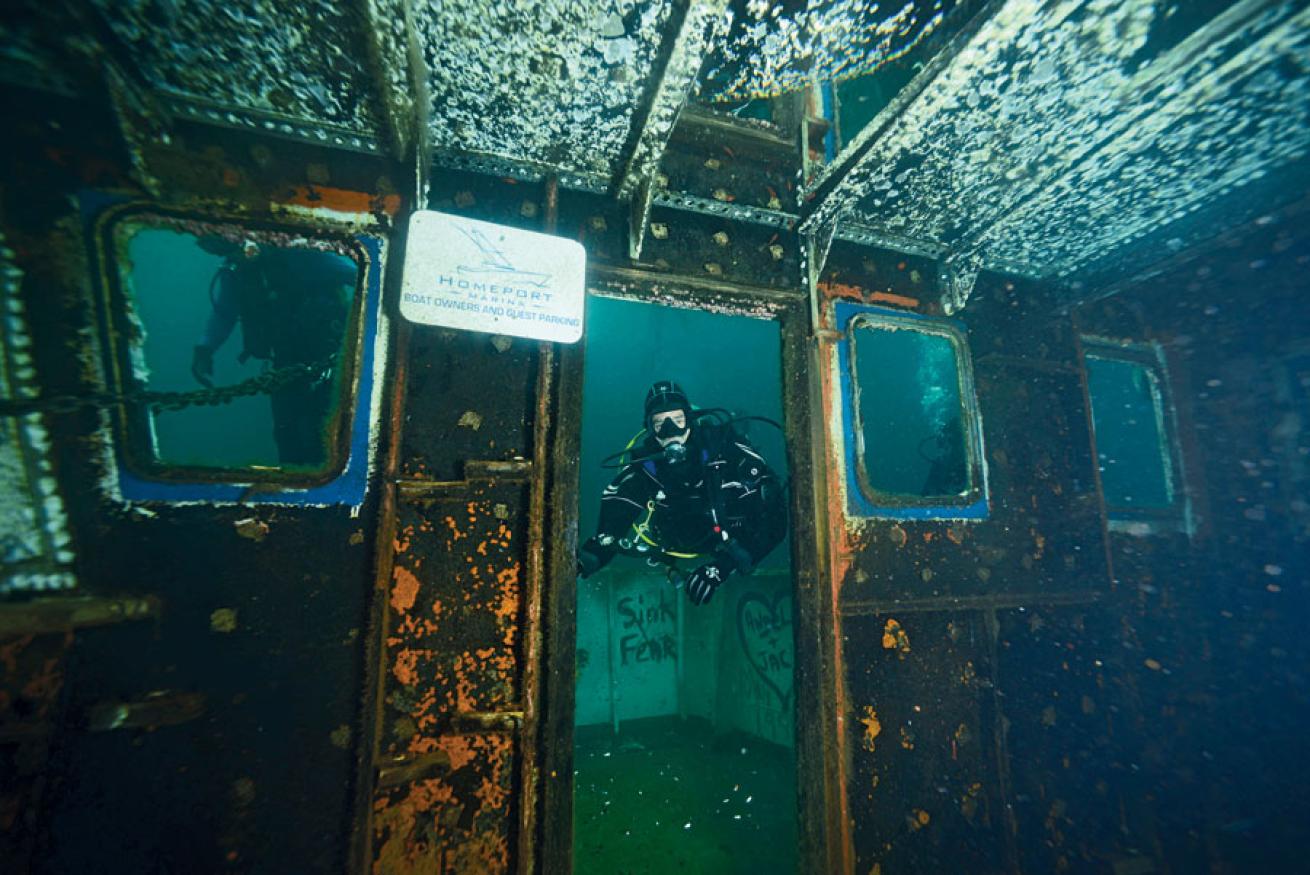
Lila HarrisThe wheelhouse of the artificial reef LuLu, sunk in 2013, is an interesting mix of structure and fish aquarium.
Divemasters John Rice and Cheynne Milan are as excited as two Alabama football fans who have just been told that the Crimson Tide has rolled to its 16th national championship.
“I was on the first trip we took customers to the LuLu,” Rice says. “I had opening-day jitters. I probably have about 80 dives on her, and there’s always something surprising to see. I can’t wait to dive it today.”
“I got to see it right after the day it was put down,” Milan chimes in. “We get to see it grow.”
Despite the gray skies, their enthusiasm is contagious. We’re aboard the 46-foot Down Under and have just pulled out from SanRoc Cay Marina in Orange Beach, Alabama. Down Under also puts divers on the Oriskany of Pensacola, Florida. Rice loves that wreck too, “but I love the_ LuLu_’s shallow depth and the shorter trip to get to it,” he says of our 90-minute ride. “She’s just a great all-around dive.”
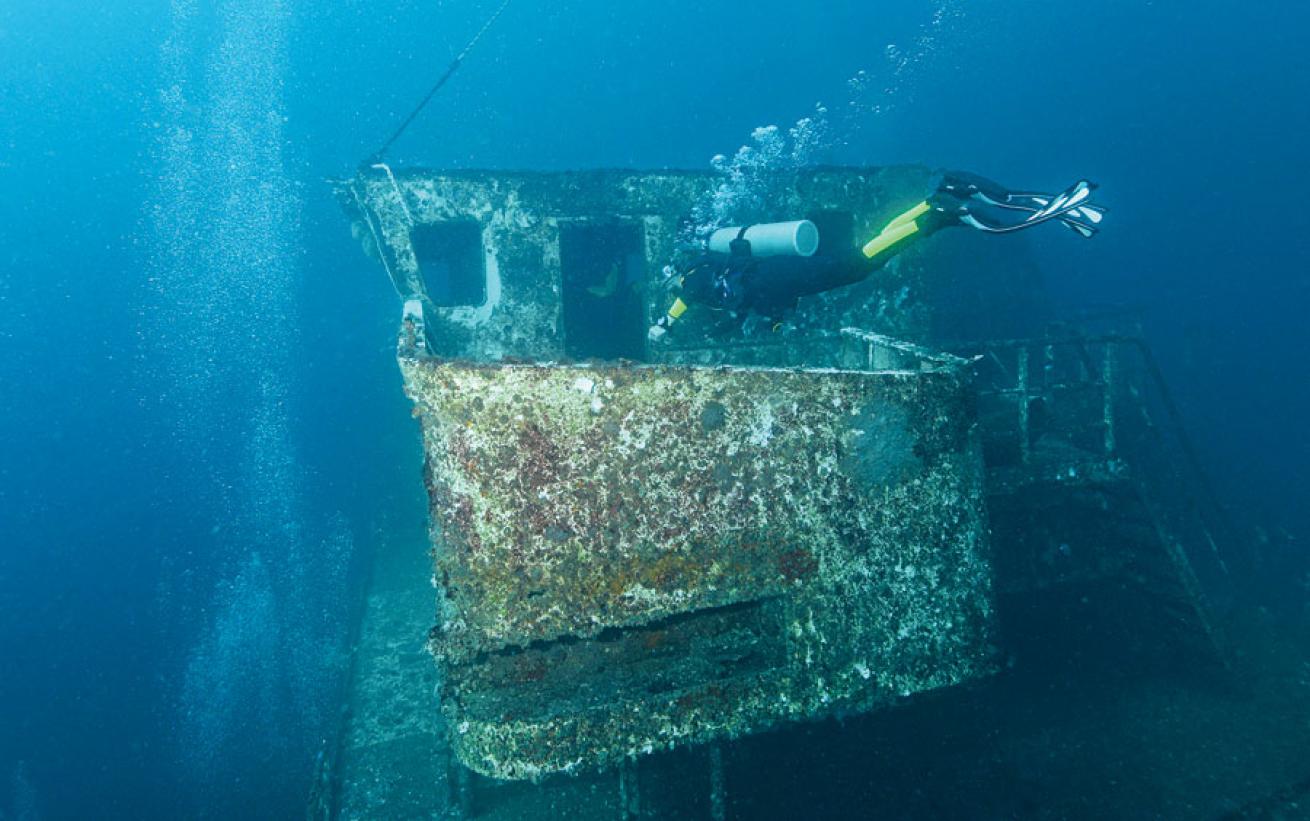
Lila HarrisMarine life abounds on LuLu.
With the 888-foot Mighty O in 200 feet of water — the flight deck is at 145 — Alabama dive operators wanted to sink a ship that was less daunting to open-water divers. They got what they hoped for in LuLu, a 271-foot, steel-hulled former coastal freighter originally named Yokamu. Purpose-sunk on May 26, 2013, LuLu sits upright on a 115-foot sand bottom; its picturesque wheelhouse tops out at a rec-diver-friendly 60 feet.
“Orange Beach is my home, and I’m proud when I hear divers talk about their experience on LuLu,” says Vince Lucido, president of the Alabama Gulf Coast Reef and Restoration Foundation. The foundation, the state of Alabama, the cities of Orange Beach and Gulf Shores, Baldwin County Commissioners and private investor Mac McAleer were instrumental in raising and donating the $500,000 necessary for successfully sinking the ship 17 nautical miles off Perdido Pass.
A sprinkly rain has started, but the seas are calm on the October morning we make our dives. On the ride out, as divers and crew settle into conversations, I ask Rice about the dive profile. “We’ll tie up to the bow,” he says. “On your first dive, you can start inside the cargo hold, but on your second, you’ll want to head to the wheelhouse where there are lots of levels to explore.”
Chandra Wright, a former attorney who is now the nature tourism specialist at Gulf Shores and Orange Beach Tourism, is making the dive with us. “Having played a part in sinking the LuLu, she’ll always have a special place in my heart,” Wright tells me. “I walked that ship from bow to stern while she was topside, and now I have the privilege of seeing her grow as a dive site with new marine life on each trip. She’s getting tons of snapper of all sorts.”
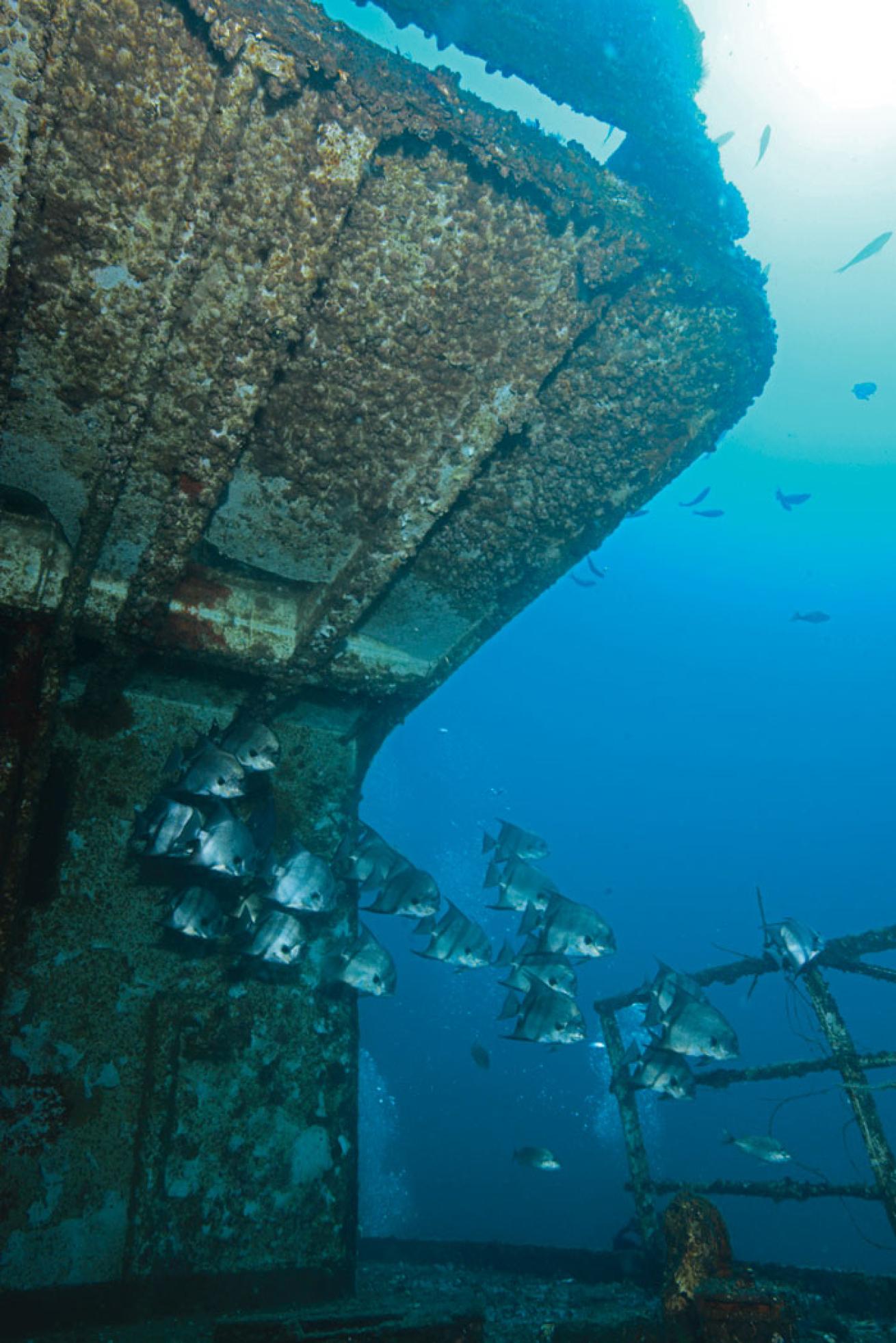
Lila HarrisLulu's abundance of marine life includes schooling spadefish.
Wright is not just whistling Dixie. After tying up, we drop down and find the wreck smothered in schools of fish. On our way to the wheelhouse, we pop into the cargo hold, which is in about 90 feet of water, and measures 200 feet long and 28 feet deep. We watch a moon jellyfish getting gobbled up by a bunch of young snapper; once the feasting is done, we make our way to the wheelhouse. Each time we glide over the top of the wheelhouse, it’s like finning though a mini baitball. Fish part like a beaded curtain, and then regroup behind us. Snappers galore swirl around us. A sizable number of juvenile tropicals like fairy basslets are hugging the superstructure. You can easily explore both the superstructure and the bow on a single dive, but we’ve spent enough time deeper on the cargo-hold deck that we’re pushing our dive profile. Reluctantly, we leave the fish fest.
We stick to Rice’s recommendation and spend the second dive circumnavigating the wheelhouse, which is a delightful mix of structure and fish aquarium. In addition to all the schooling fish, the top deck hosts a village of arrow crabs. I miss the octopus that several divers watch disappear into its lair. The wheelhouse has many levels and places to explore, inside and out, so even with a full boat, you can avoid bunching up. It’s a great place to practice your wide-angle underwater photography; make sure your dive buddy poses next to the Alabama-shaped dive fag painted on the back of the wheelhouse. The art is not as bright as it was when LuLu was first put down, but it’s still discernible.
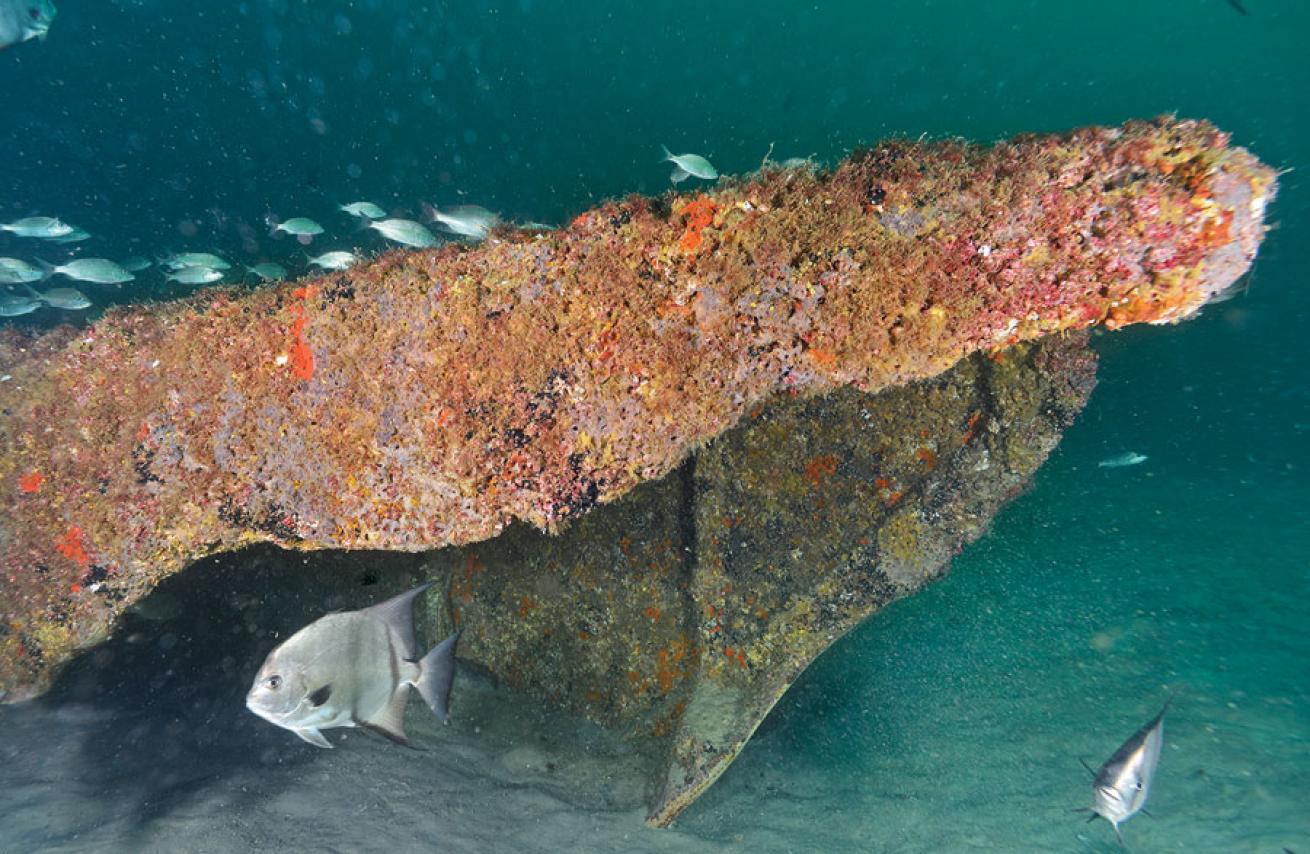
Lila HarrisThree miles offshore is the aptly named 3 Mile Barge.
BEYOND LULU
Alabama is home to one of the largest artificial-reef programs in the world, with more than 17,000 reefs covering 1,200 square miles. There are hundreds of barges, army tanks from the Vietnam War era, oil rigs, and limestone reef pyramids off its coast.
Typical among the sites visited by Orange Beach dive-charter companies is 3 Mile Barge, named for its location 3 miles south of Perdido Pass. This inshore artificial reef lies in just 37 feet of water. Although it lacks the drama of LuLu, the barge provides structure for small sea fans. “If you’ve got keen eyesight, you might see a flamingo tongue hiding in the branches,” Chandra Wright says. “There’s an abundance of fish species, from juveniles to adults, so be prepared to spend your surface interval debating your buddy on fish ID.” Indeed, the variety of fish in Alabama waters rivals the Caribbean — amberjack, Atlantic spadefish, queen angelfish, spotted drum, gag grouper and red snapper were among the fish we saw.
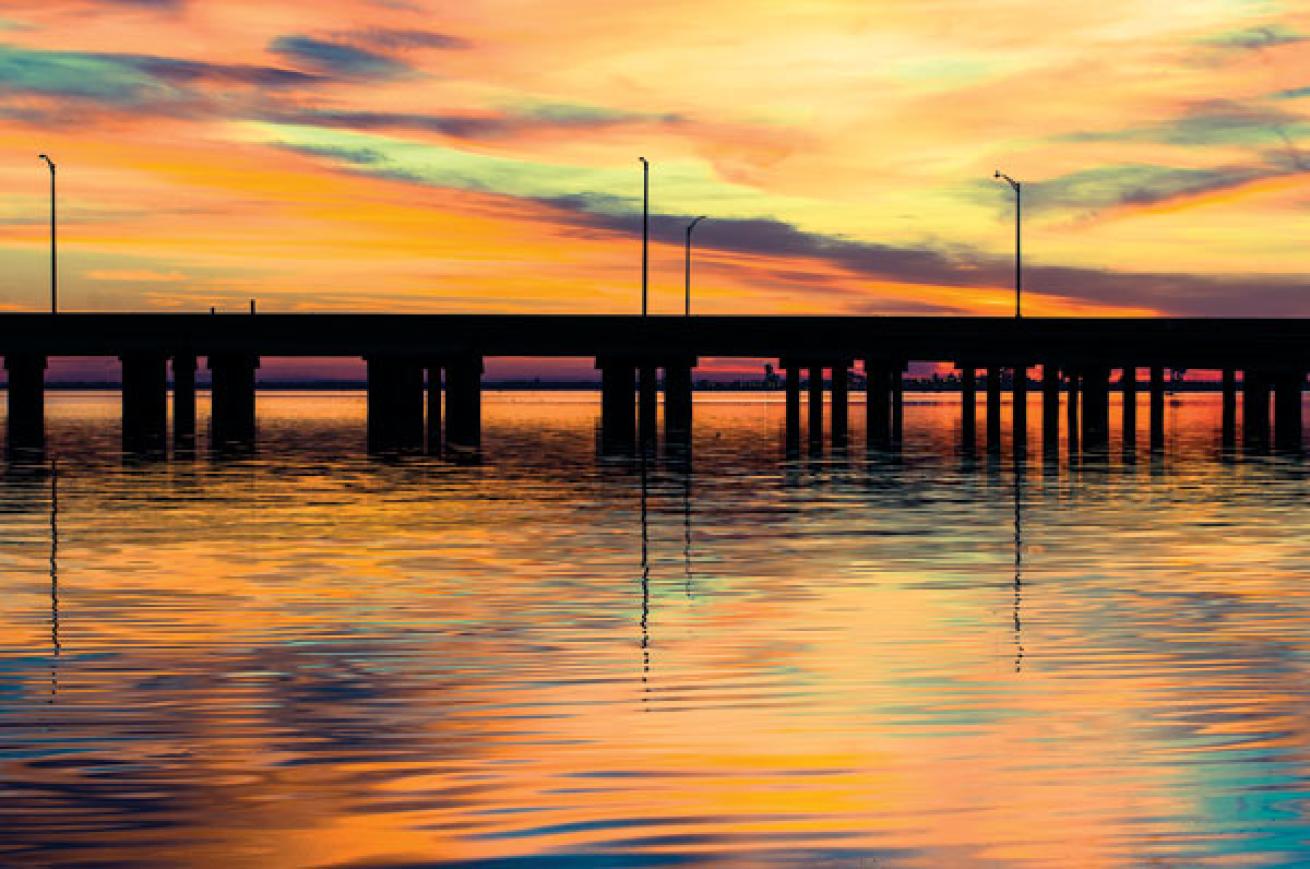
Stock photoSunset in Alabama
With 32 miles of gorgeous stretches of white sand and clear waters, and a delightfully fun wreck to explore, Orange Beach — and Gulf Shores — is poised to become a hot spot for Southeast divers. And LuLu is just the beginning: The state plans to establish more nearshore snorkeling opportunities and will sink another ship by 2016. “Though no agreements have been made yet, we’re looking at another vessel now,” says Lucido.
Now that we’re ’Bama wreck-diving fans, we can’t wait for it to become reality — and help celebrate its sinking.
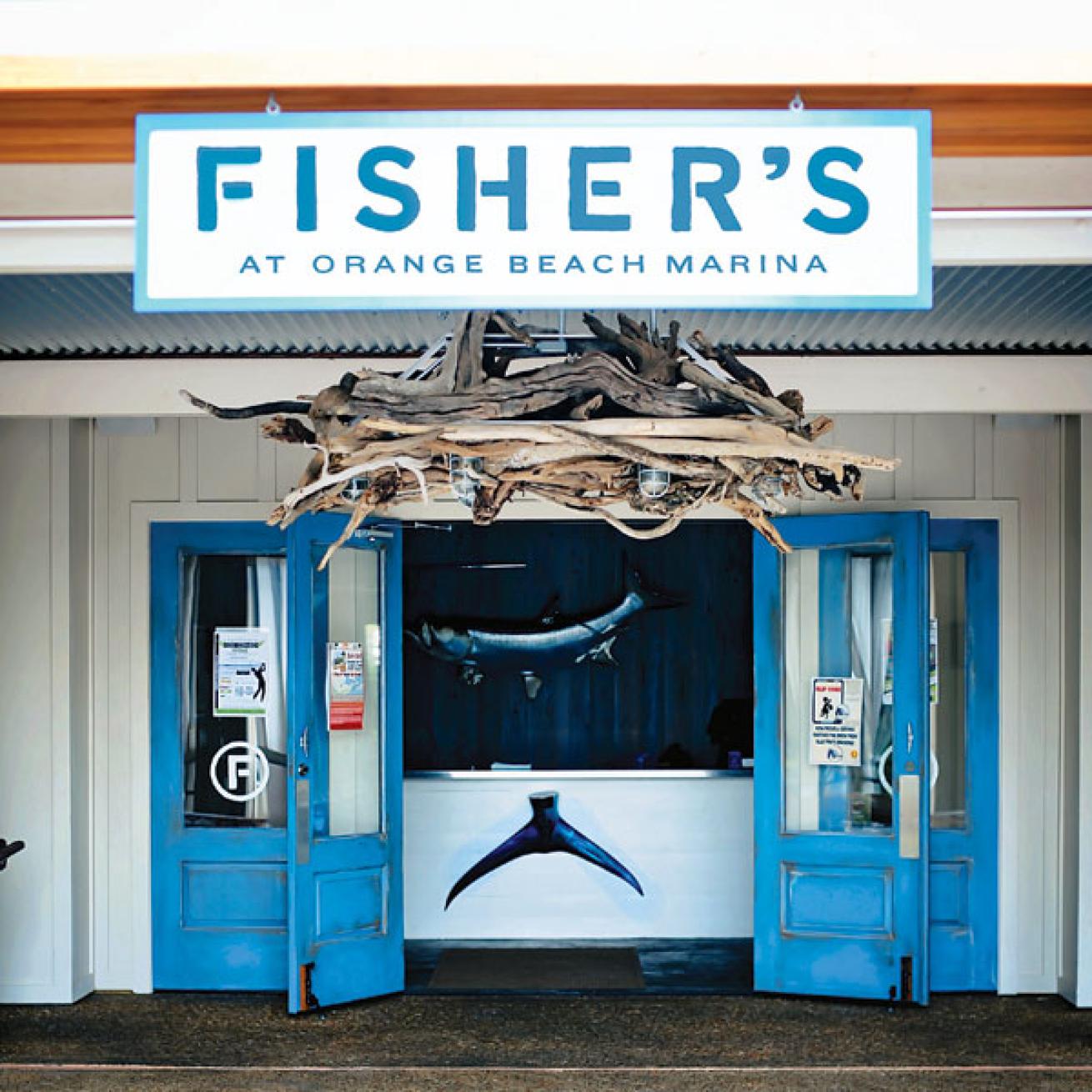
Courtesy photoFisher's at Orange Beach Marina
ITINERARY: Orange Beach and Gulf Shores, Ala.
Day 1: Rent tanks from Down Under Dive Shop and make a shore dive on the Perdido Pass Jetties at Alabama Point. After the dive, check in at the Fairfield Inn & Suites Orange Beach (starting at $99 per night, depending on season). Book a 90-minute sunset dolphin cruise with Cetacean Cruises for $15 per person. Then eat dinner at Nolan’s Restaurant & Lounge on Gulf Shores Parkway in Gulf Shores.
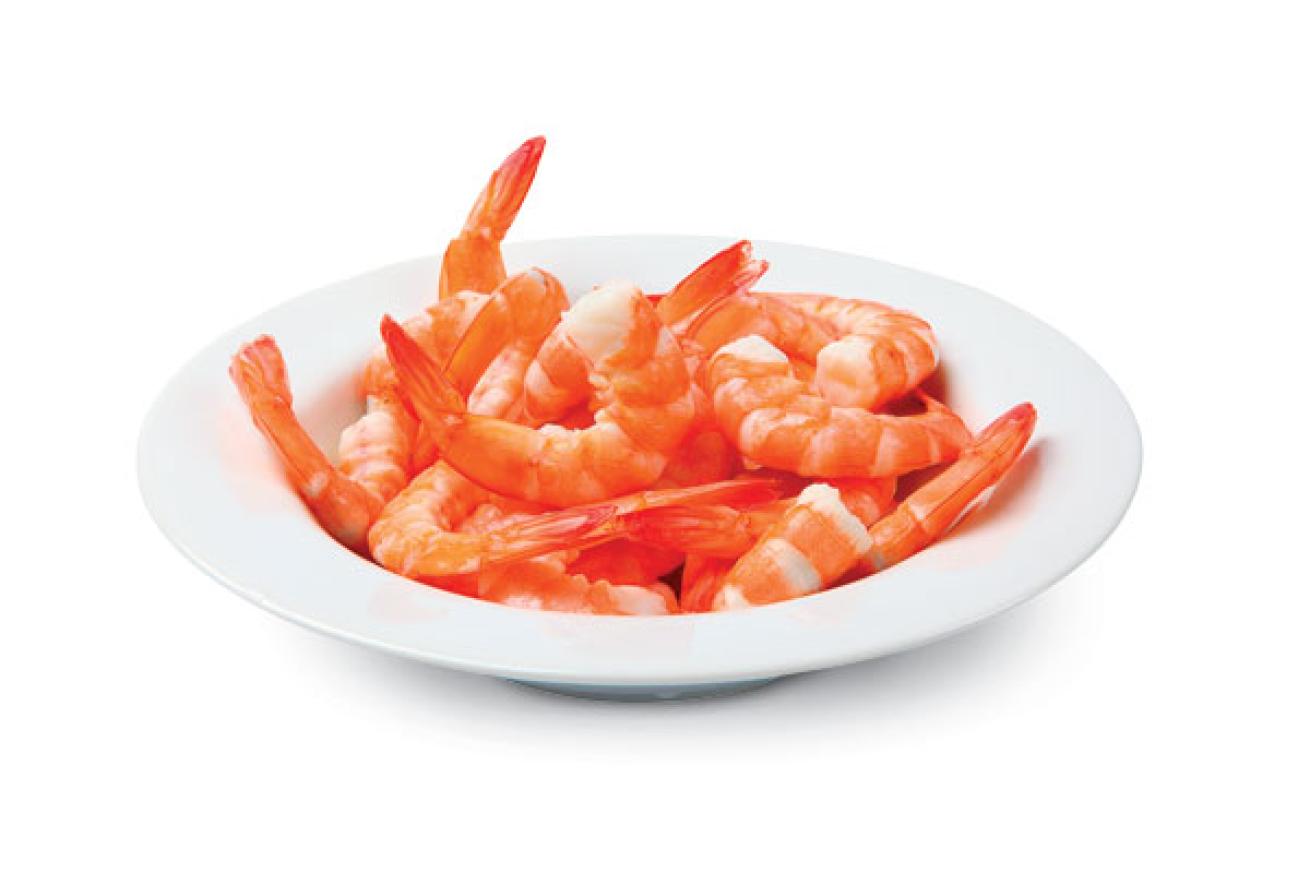
Stock photoShrimp is one of the many local seafood options.
Day 2: After making a two-tank morning dive on LuLu, plan lunch at the laid-back marina bar and grill Tacky Jack’s. You can’t go wrong when you can get shrimp every way (peel-’em-yourself,firecracker, pickled and in a salad). Just before sunset, dive the Whiskey Wreck, approximately 150 yards from the public beach. Make late-evening dinner reservations at Fisher’s at Orange Beach Marina. This is casual, open-air dining with a view of the water or gardens, and the fish tacos rock.
Day 3: Eat brunch at the Brick & Spoon restaurant on Canal Road in Orange Beach for inventive Cajun- and Creole-inspired dishes. Then make a relaxing afternoon dive on 3 Mile Barge, or schedule a zip-lining, paddle-boarding or kayaking excursion with Gulf Adventure Center at Gulf State Park.










